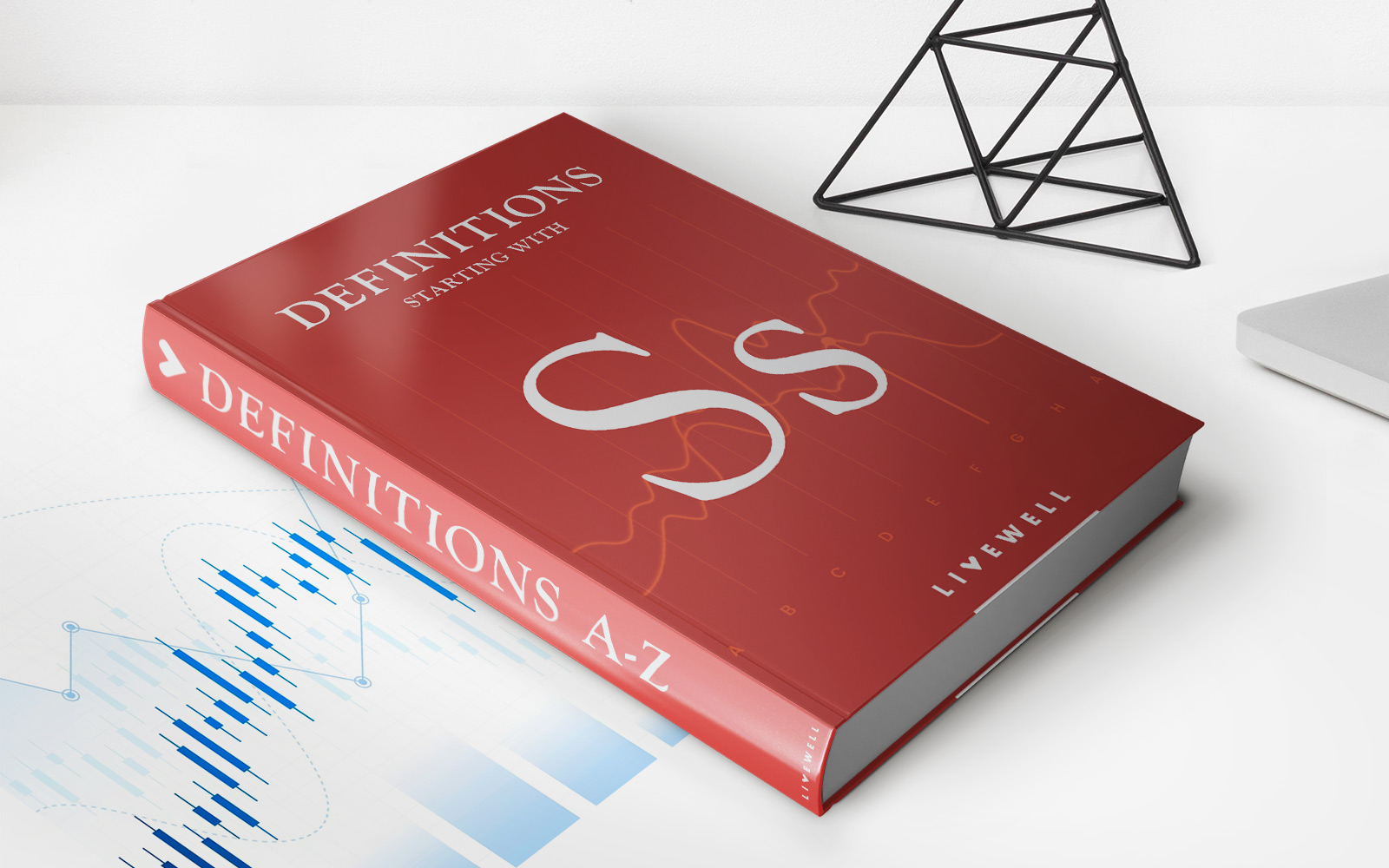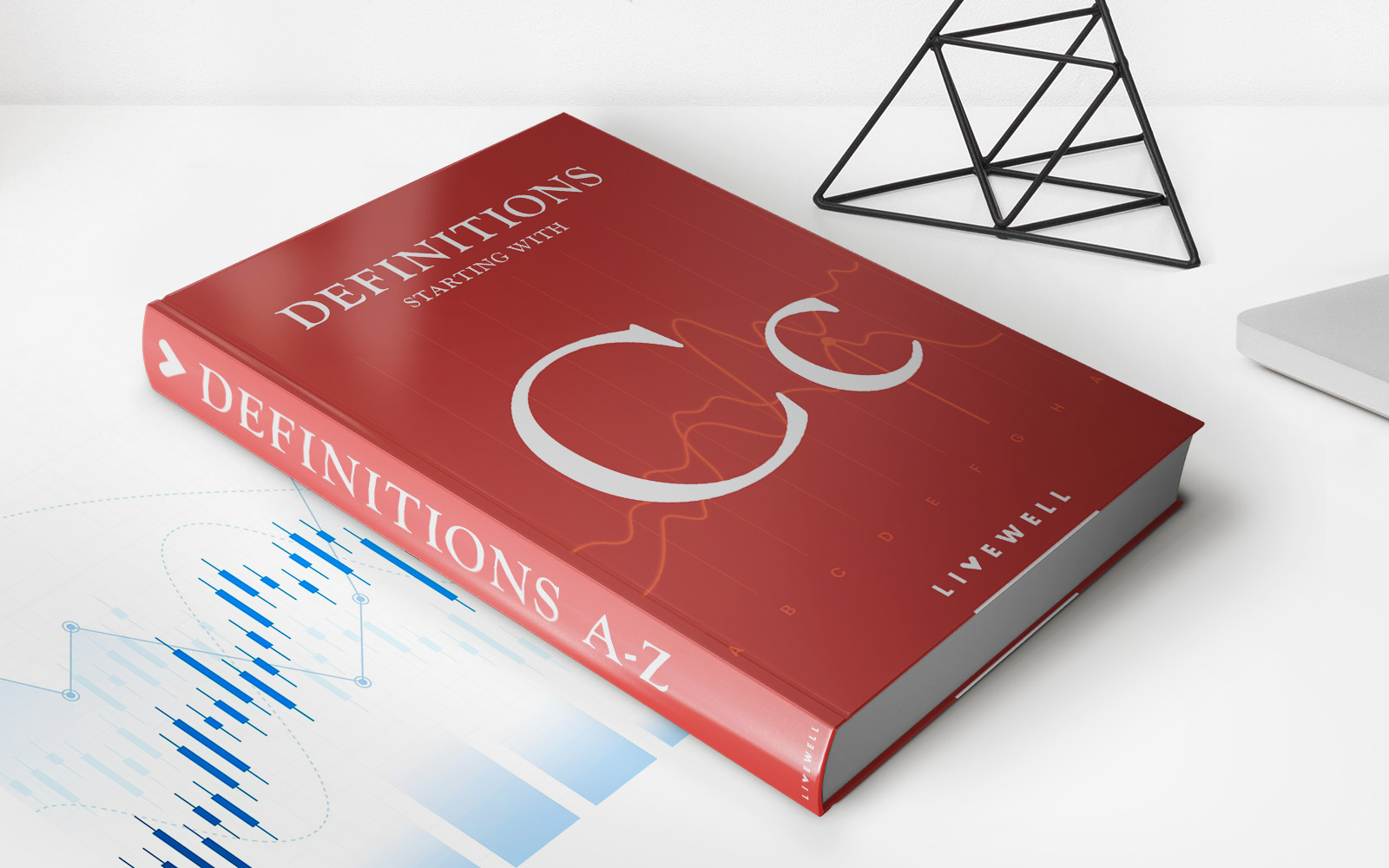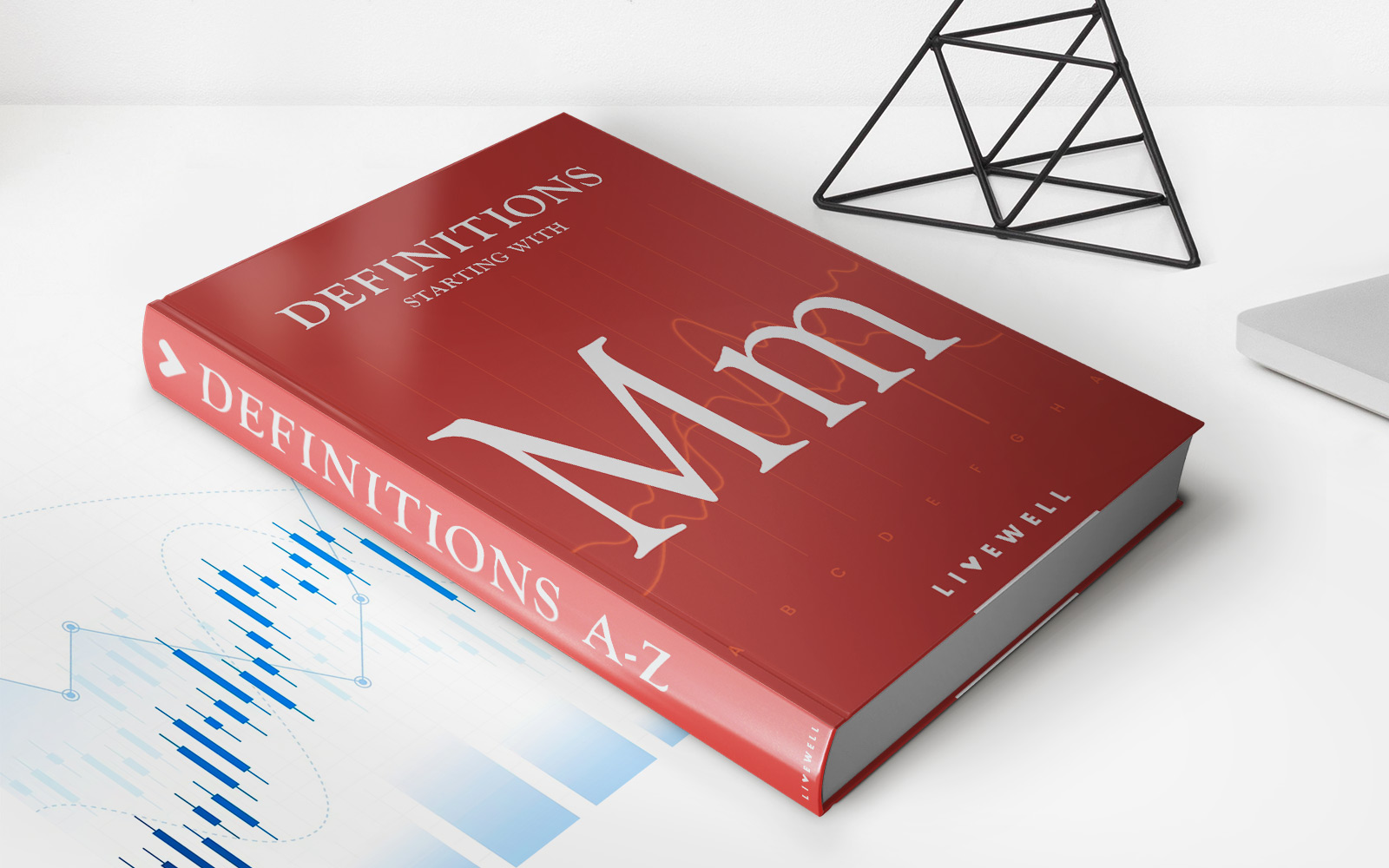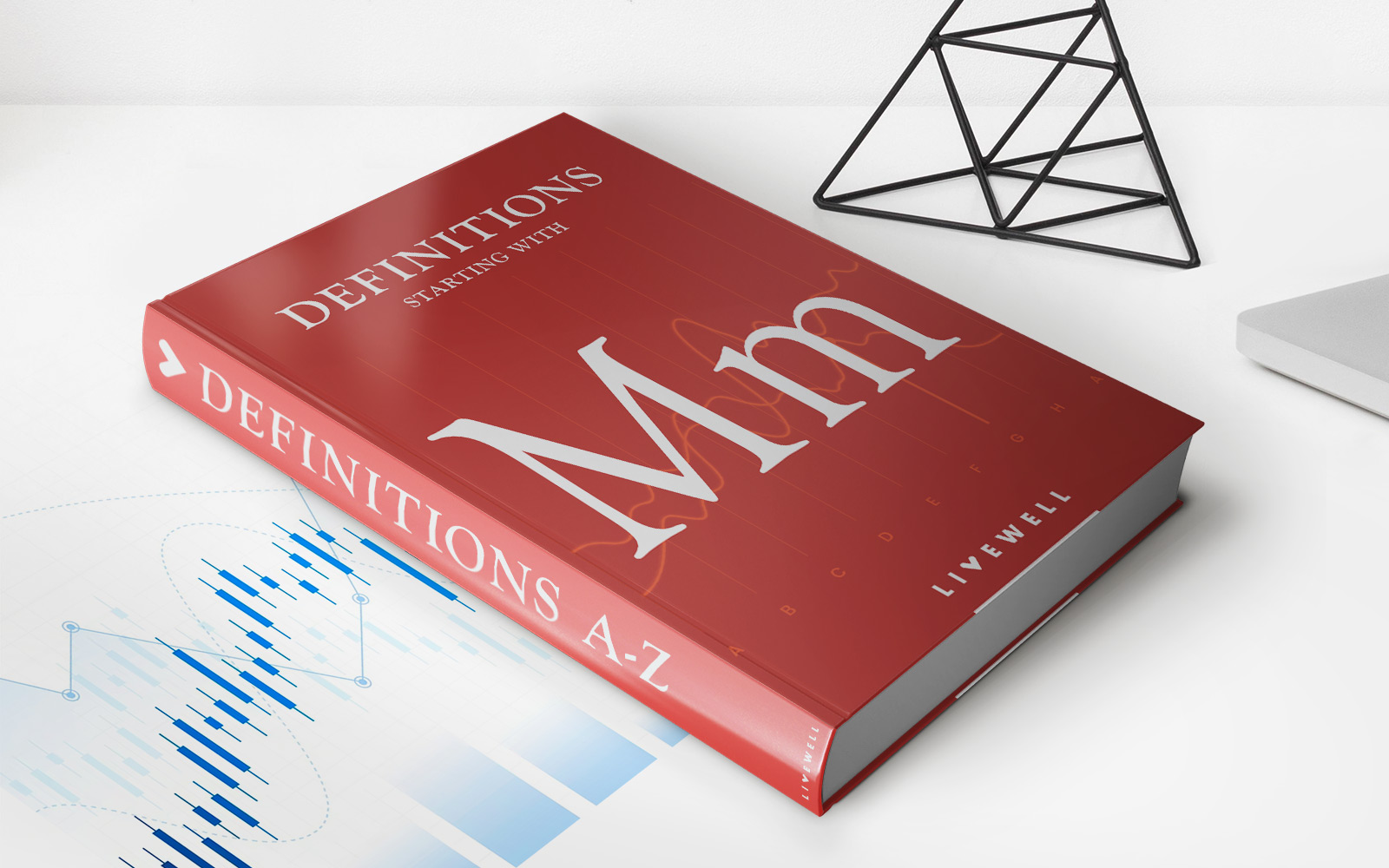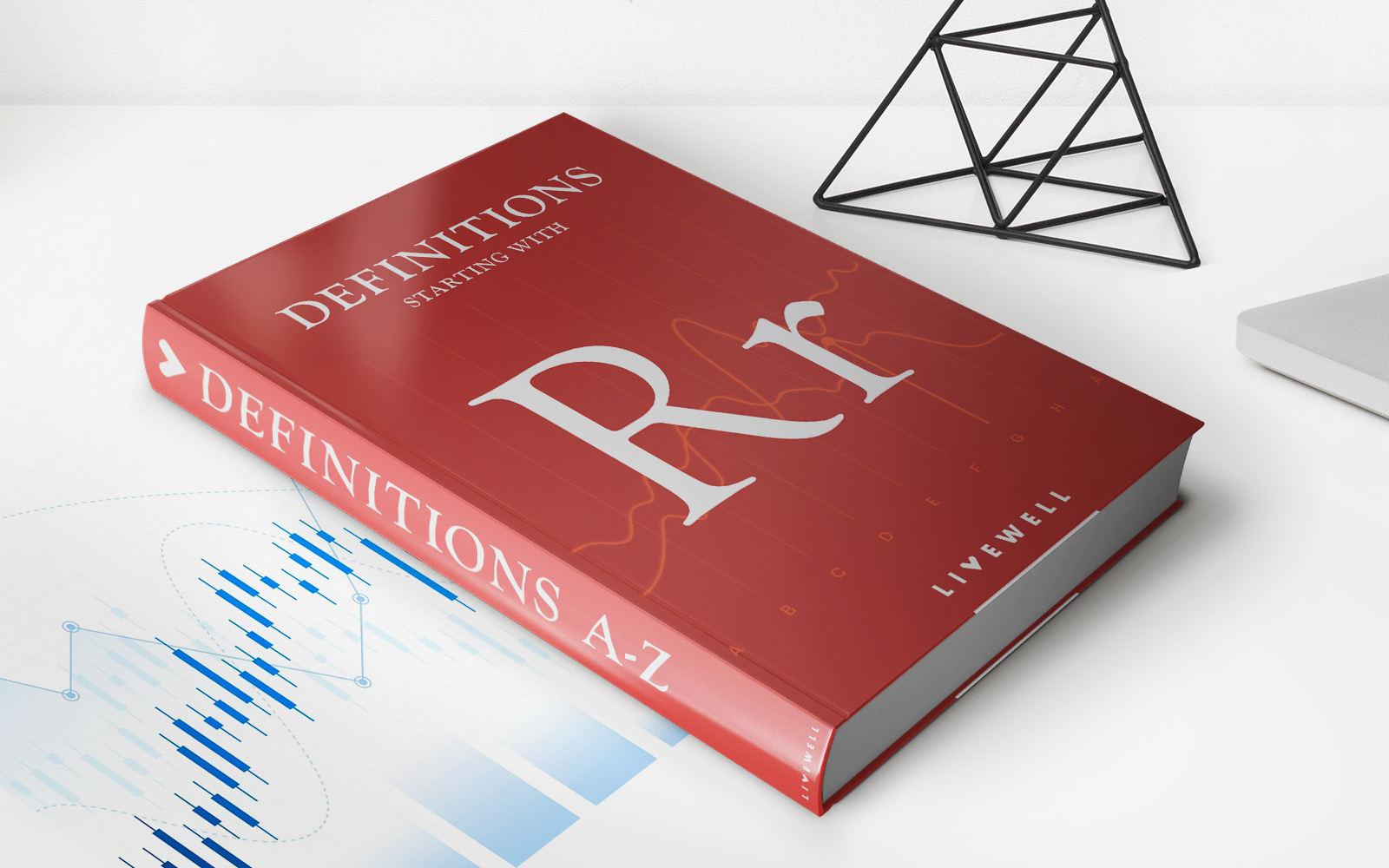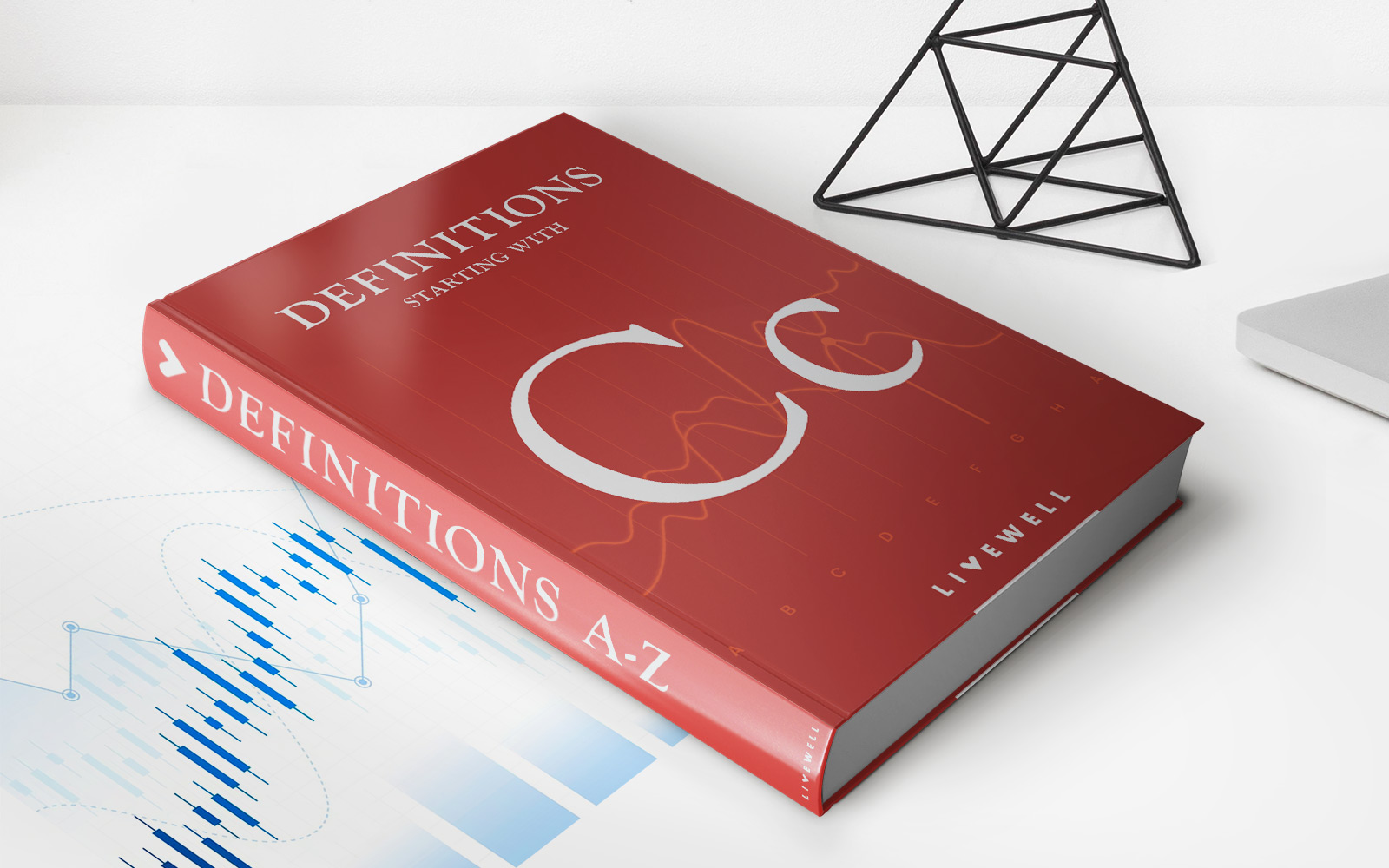Home>Finance>Hold Harmless Clause: Definition, How It’s Used, And Examples


Finance
Hold Harmless Clause: Definition, How It’s Used, And Examples
Published: December 5, 2023
Learn the ins and outs of hold harmless clauses in the world of finance - definition, use cases, and practical examples to ensure your financial protection.
(Many of the links in this article redirect to a specific reviewed product. Your purchase of these products through affiliate links helps to generate commission for LiveWell, at no extra cost. Learn more)
Understanding Hold Harmless Clause in Finance
When it comes to navigating the intricate world of finance, there are many legal terms and concepts that individuals and businesses must be familiar with. One such term is the Hold Harmless Clause. In this blog post, we will explore the definition of a Hold Harmless Clause, understand how it’s used, and provide relevant examples to help demystify this important legal provision.
Key Takeaways:
- A Hold Harmless Clause is a legal provision that transfers the responsibility of liability from one party to another.
- It is commonly used in contracts and agreements to protect one party from financial damages or legal claims arising from specific activities or circumstances.
What is a Hold Harmless Clause?
A Hold Harmless Clause, also known as an indemnity clause or an exculpatory clause, is a legal provision within a contract or agreement that shifts the responsibility of liability from one party to another. The purpose of this clause is to protect one party (the indemnitee) from financial damages or legal claims that may arise as a result of specific actions or situations involving the other party (the indemnitor).
Essentially, a Hold Harmless Clause ensures that one party is held harmless or not held legally responsible for any harm, loss, or expenses incurred due to the actions, negligence, or omissions of the other party.
How is a Hold Harmless Clause Used?
The use of a Hold Harmless Clause is prevalent in various industries and scenarios, such as construction contracts, rental agreements, service contracts, and business agreements. Here are a few examples of how a Hold Harmless Clause can be used:
- Construction Projects: In construction contracts, a property owner may include a Hold Harmless Clause, shifting the responsibility of liability to the contractor for any accidents, property damage, or injuries that occur during the project.
- Rental Agreements: Landlords often use Hold Harmless Clauses in rental agreements to protect themselves from legal liability arising from tenant actions or injuries sustained on the premises.
- Service Contracts: Service providers, such as consultants or freelancers, may include a Hold Harmless Clause in their contracts to protect themselves from any claims or damages caused by their work.
- Business Agreements: Companies entering into partnerships or joint ventures may include Hold Harmless Clauses to allocate liability responsibilities between the parties involved.
It’s important to note that the enforceability and specific wording of Hold Harmless Clauses may vary depending on jurisdiction and the nature of the agreement. Consulting with a legal professional is advisable to ensure that the clause is drafted properly and legally binding.
Conclusion
The Hold Harmless Clause is an essential legal provision that plays a crucial role in protecting parties from financial damages and legal claims. With its ability to transfer the responsibility of liability, it offers peace of mind and clarity amidst complex financial transactions and agreements. Whether you’re a business owner, tenant, or service provider, understanding this clause and its implications can help safeguard your interests and mitigate potential risks. Remember, always consult with legal experts to ensure you have a well-drafted and enforceable Hold Harmless Clause in your contracts.
To learn more about finance-related topics and navigate your way through the intricacies of the financial world, explore our other blog posts in the “FINANCE” category on our page.
